
Heading for lunch in Uji City.

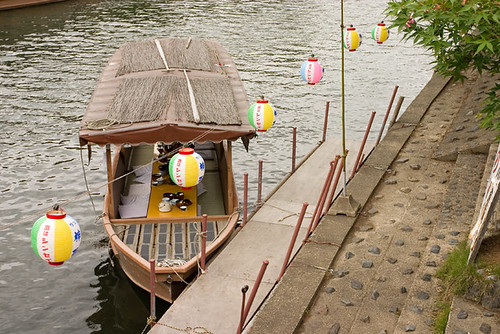

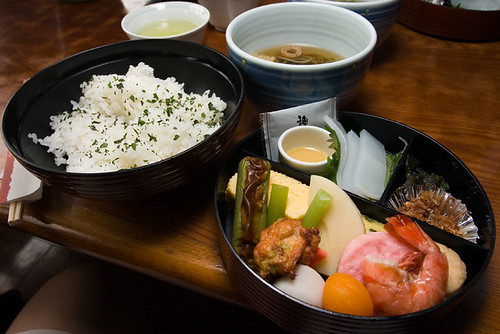
Gee, what's for lunch? Shrimp, rice, and...umm...hmm...don't know what the other things are. They were edible, at least.
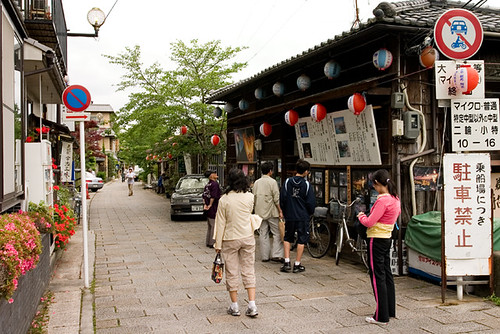
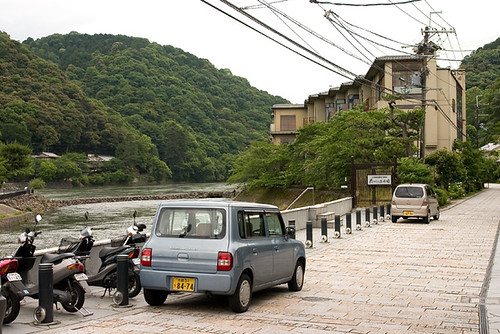

FYI, my bus is the one on the left. "Why on earth would I want to know that?" You think to yourself.
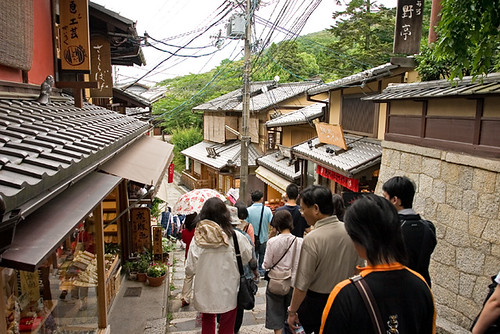
Here we are at the Ninenzaka and Sannenzaka, stone-paved roads that lead up to the Kiyomizu-dera (temple). More on the temple later.
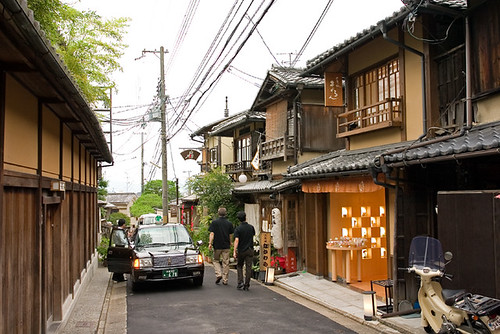
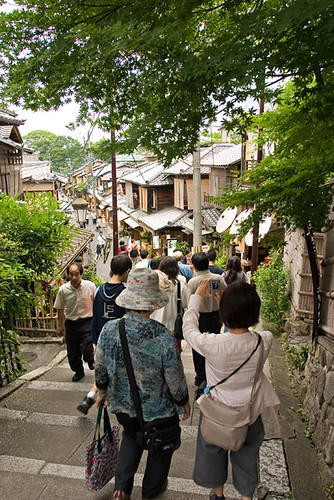

When the Japanese built corner-markets, this is what they had in mind. I guess the Western versions would serve as wholesalers for them.
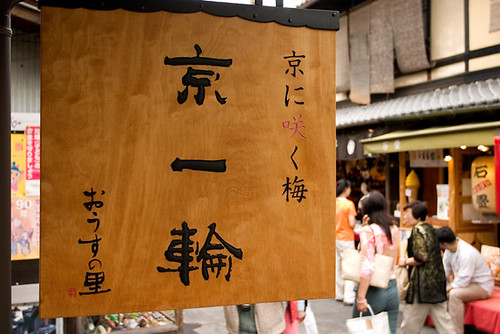
I'm telling you, I can read EVERY single character on that sign. But what they mean in Japanese, I have no idea.

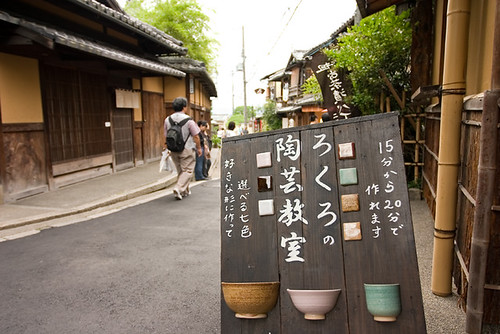
Outside a pottery classroom.
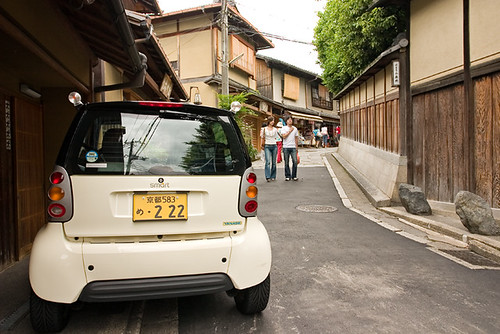
This is my second day in Kyoto, and I have yet to see a SUV on the road. Even their commercial trucks are small (believe me, I've seen pickup trucks in Van that are larger).
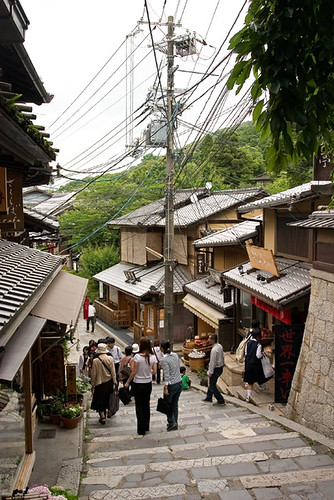

And here is the entrance to the Kiyomizu-dera. Kiyomizu literally means pure water, and the temple is so named owing to a waterfall inside the complex. It is most notable for its vast veranda,which is supported by hundreds of pillars, and the fact that not a single nail was used in its construction.
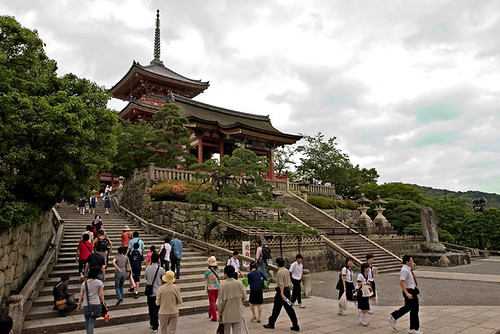
Approaching the main hall.

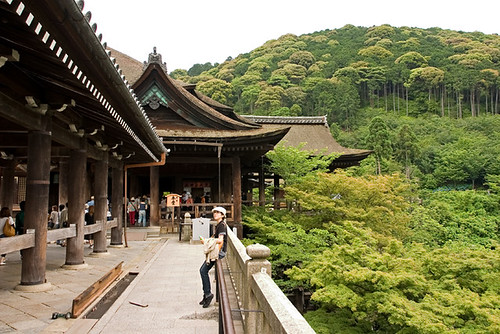

It was believed that if one were to jump off the veranda and survive the fall, then his or her wish would be granted. This belief was quite popular during the Edo period, which recorded 234 jumps, 85.4% of which survived.


Here you can get a better view of the veranda.


Here we have left the temple and are proceeding to Gion, a district of Kyoto. It is commonly mistaken as a red-light district, but as geisha are entertainers, not prostitutes, Gion is not, and never was, a red-light district. Also, geisha in Gion do not refer to themselves as geisha, instead they have opted for the local term, geiko, meaning, woman of art.

On a completely irrelevant side note, this is what mailbox looks like in Japan.
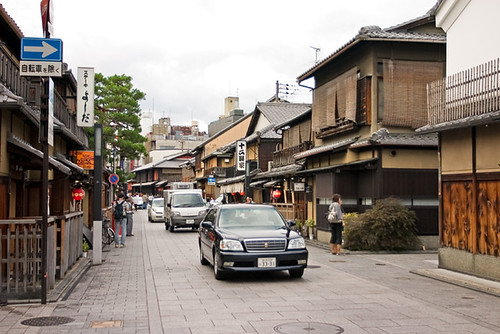
Here are the streets of Gion.
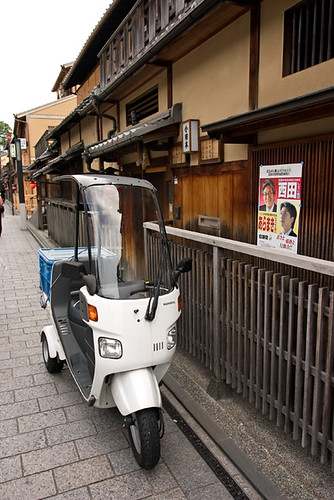

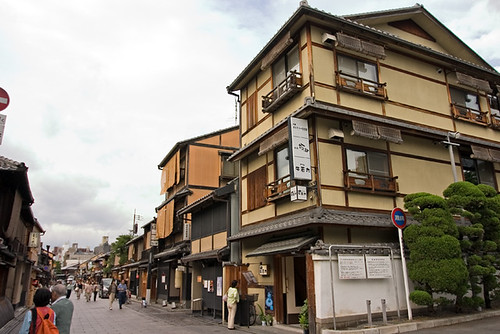
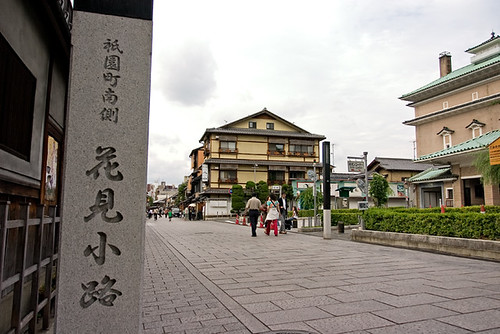

Well, after a day of walking, it's time for dinner.
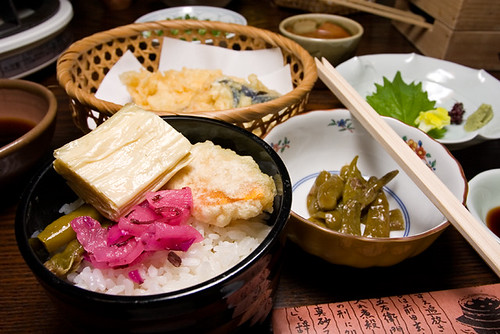
I'd have preferred a nice, juicy steak, but alas, it's tempura, again.

Taken right outside the restaurant.
That's all for today, more to come tomorrow.
Cheers,
Solemn Observer
11 September 2007
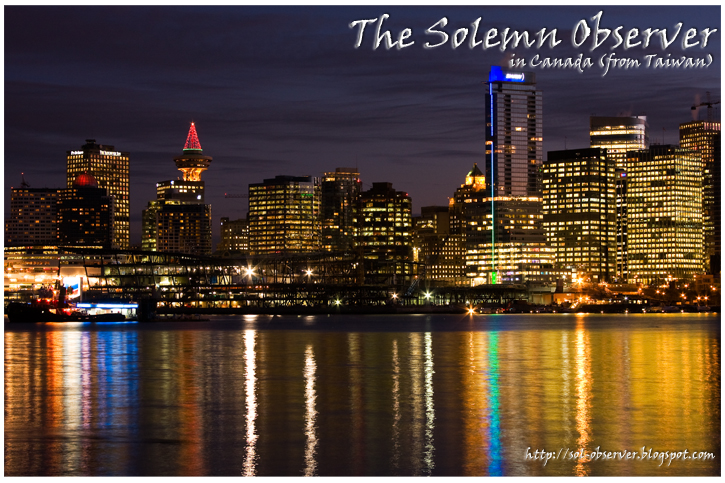
No comments:
Post a Comment